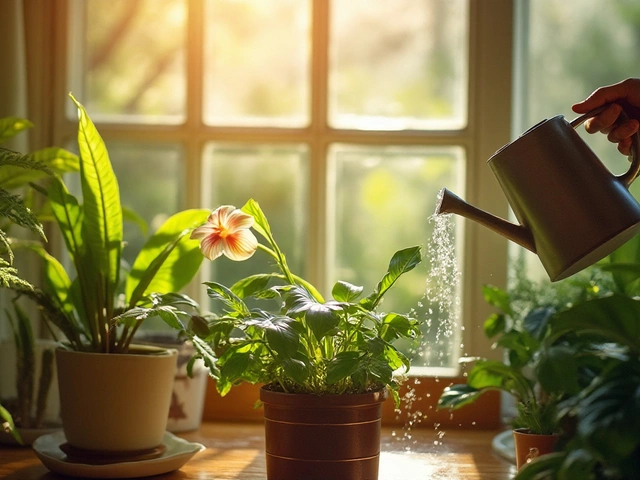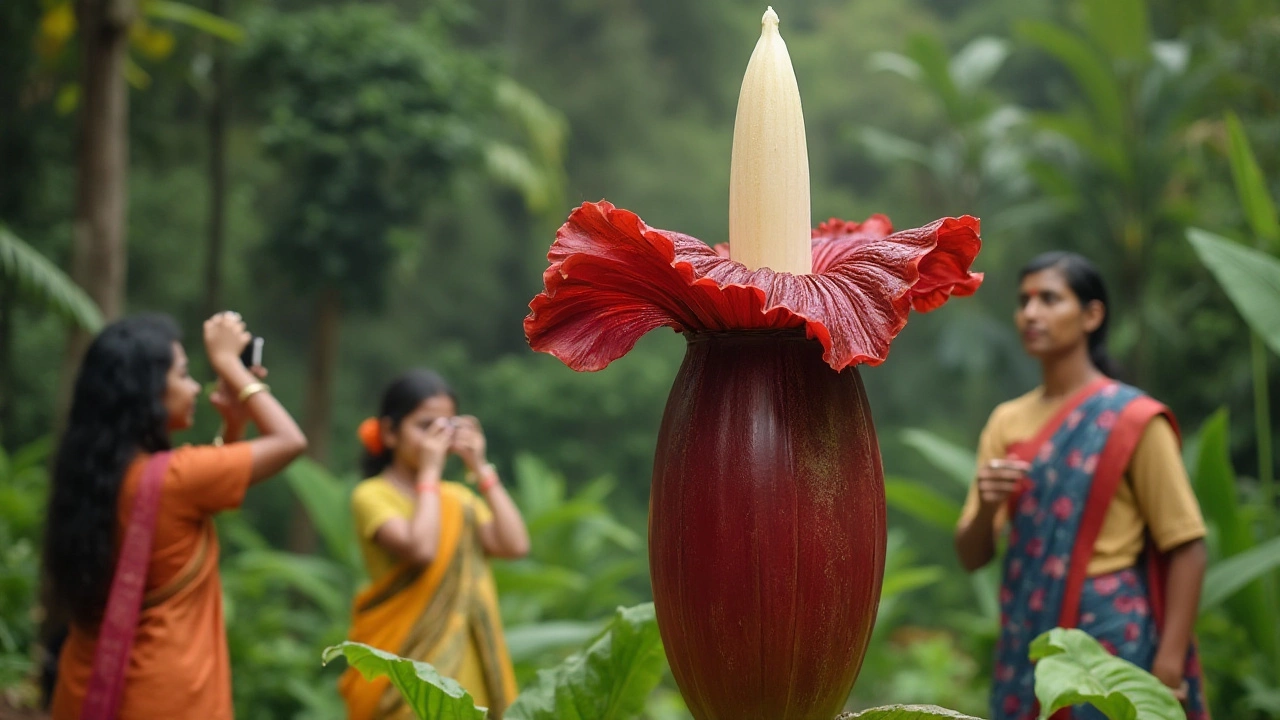Stinky Flower Basics: Why Some Blooms Smell Bad
Ever walked past a garden and caught a whiff that made you wrinkle your nose? That’s a stinky flower doing its job. These plants produce a strong, often unpleasant scent to attract pollinators like flies and beetles that like the smell of decay. The odor isn’t a mistake – it’s a clever survival trick.
Most people think all flowers smell sweet, but the plant world is full of exceptions. The classic example is the carrion flower, also called the corpse flower, which smells like rotting meat. Other stinky flowers include the titan arum, ragwort, and some types of stapelia. Their scent can range from mildly pungent to downright foul, depending on the species and the stage of bloom.
Common Stinky Flower Species in India
While many famous stinky flowers grow in tropical regions, you’ll find a few in Indian gardens too. The Rafflesia (though rare) releases a smell similar to rotting flesh to lure carrion flies. The Stapelia – often called “carrion plant” – produces a milky flower that reeks of dead insects. Even the Amorphophallus paeoniifolius (elephant foot yam) can emit a faint, unpleasant odor during its flowering phase.
If you spot a plant with a strong, sour smell, check the leaf shape and flower structure. Stinky flowers usually have dark, mottled petals that mimic a decaying animal. That visual cue works together with the scent to attract the right pollinators.
How to Handle Stinky Flowers in Your Garden
Not everyone wants a garden that smells like a landfill. Here are a few practical tips to keep the odor under control while still enjoying the unique plants.
- Placement matters: Plant stinky species near the back of the garden, or in a corner away from patios and entryways. That way the smell stays out of sight and breath.
- Timing is key: Most stinky flowers bloom for a short period, often just a few days. If the odor becomes too strong, you can prune the flower after it wilts to stop further release.
- Mix with fragrant companions: Surround the foul-smelling plant with sweet‑scented flowers like jasmine or gardenia. The pleasant aromas help mask the less desirable odor.
- Use it as a natural pest trap: The strong scent attracts flies that might otherwise bother your vegetables. Place a stinky flower near a vegetable patch to divert pests.
Remember, the odor is part of the plant’s life cycle. Cutting the flower too early can reduce seed production if you want the plant to spread.
If you’re curious about experimenting, start with a single stapelia in a pot. It’s low‑maintenance, and you can move the pot indoors when the smell gets strong. Watching the tiny beetles land on the flower is a fun reminder of how nature works.
In short, stinky flowers are not a garden mistake – they’re a clever adaptation. Understanding why they smell bad helps you decide whether to keep them, move them, or use them as a natural insect attractor. Give them a try, and you’ll see how a little odor can add a surprising twist to your gardening story.
Exploring India's Notorious Stinky Flower: The Titan Arum
In India, the Titan Arum, famously known as the 'stinky flower,' captures the fascination of those with a passion for unique and remarkable flora. This peculiar plant is notorious for its pungent odor, which mimics the smell of rotting flesh to attract pollinators. Known for its striking appearance and peculiar reproductive strategy, the Titan Arum is an unusual yet fascinating choice for avid gardeners. Delving into its life cycle, cultivation methods, and intriguing botanical characteristics can enhance your appreciation and understanding of this extraordinary plant.
About
Flower Gardening
Latest Posts


How to Successfully Grow Tomatoes on Your Balcony
By Alden Thorne Jan 16, 2025

Best Outdoor Plant for the Lazy Gardener: Bougainvillea
By Alden Thorne Mar 21, 2025

Dripper vs. Emitter: What's the Difference in Drip Irrigation?
By Alden Thorne Mar 26, 2025

